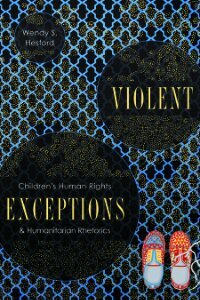By Rebecca Nhep and Kate van Doore
Orphanage trafficking is a type of child trafficking that involves the recruitment and/ or transfer of children to residential care institutions, for a purpose of exploitation and/ or profit. It typically takes place in developing countries where child protection services systems are highly privatised, under-regulated, and primarily funded by overseas sources. In such circumstances, residential care is used prolifically and inappropriately as a response to child vulnerability, including lack of access to education.
THE RISE AND FALL OF FRAUDULENT INTERCOUNTRY ADOPTIONS
The trafficking of children into orphanages in Cambodia was originally associated with fraudulent intercountry adoptions in the late 1990s. Orphanages were a transit destination where trafficked infants would be transferred, harboured and represented as orphans eligible for intercountry adoption. Each child would attract fees of up to USD $20,000 paid by adoptive parents. A number of stakeholders profit from this practice, including adoption agencies, brokers, buyers, child recruiters, officials involved in issuing fraudulent documentation and the directors of the institutions where children were harboured. Evidence of the widespread practice of trafficking of Cambodian children for intercountry adoption came to light in 2001. The industry was largely shut down as countries, most notably the US, closed their borders to adoptions from Cambodia. The primary US adoption agency and adoption broker at the centre of the largest racket were prosecuted in the US under visa fraud and money laundering charges. In Cambodia, human trafficking charges were brought against three orphanage staff involved in the trafficking; however, none progressed to prosecution, with charges in all three cases ‘quietly dropped’.
Since then, the Law on Intercountry Adoption and supporting regulations have been introduced in Cambodia to meet its obligations under the Hague Convention aimed at eradicating fraudulent international adoptions. Specific offences were also included in the 2008 Criminal Code to enable the prosecution of prohibited conduct with respect to the facilitation of adoption. Adoption was also included as a specific purpose for trafficking offences in the Law on Suppression of Human Trafficking and Sexual Exploitation 2008 (TSE Law). Intercountry adoption from Cambodia remains largely closed whilst critical child protection and care system reforms are implemented. Such reforms are necessary to ensure intercountry adoption is used as an option of last resort for children for whom all domestic possibilities have been genuinely explored and exhausted.
Brisbane: Law Futures Centre, Griffith University , 2021. 67p.








